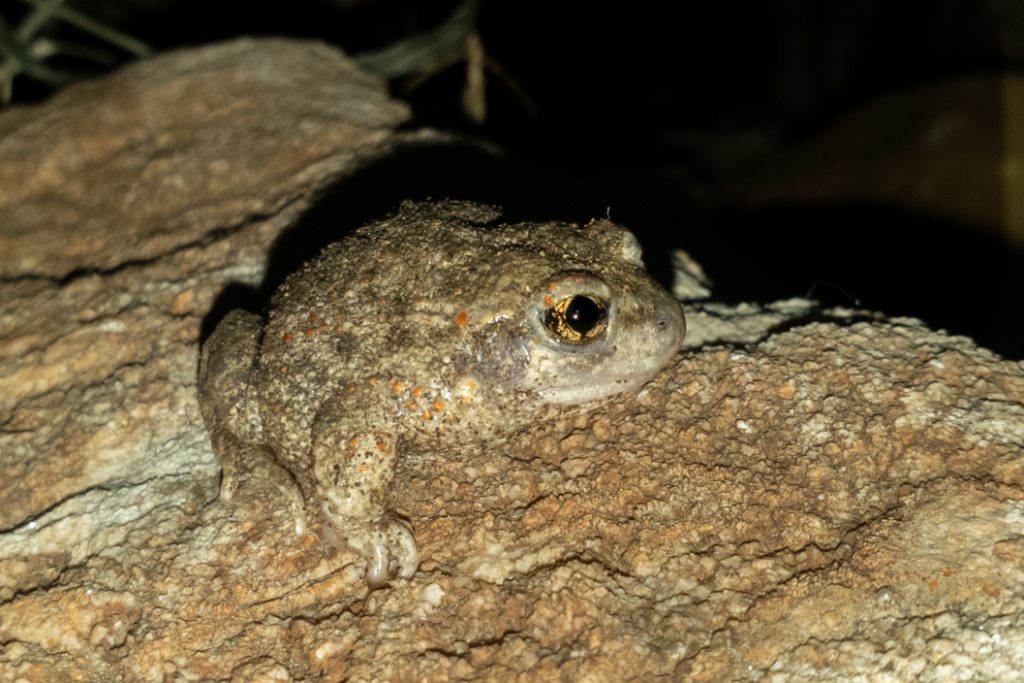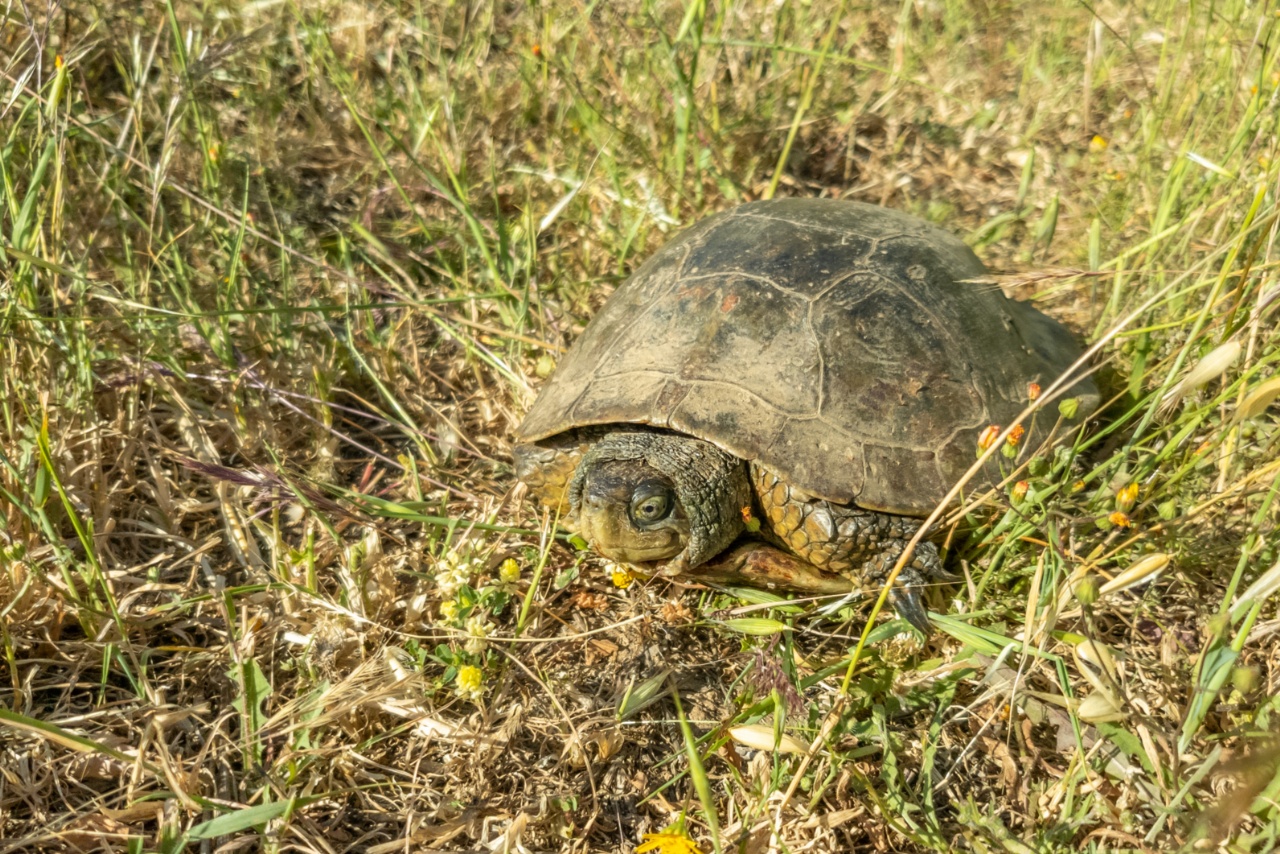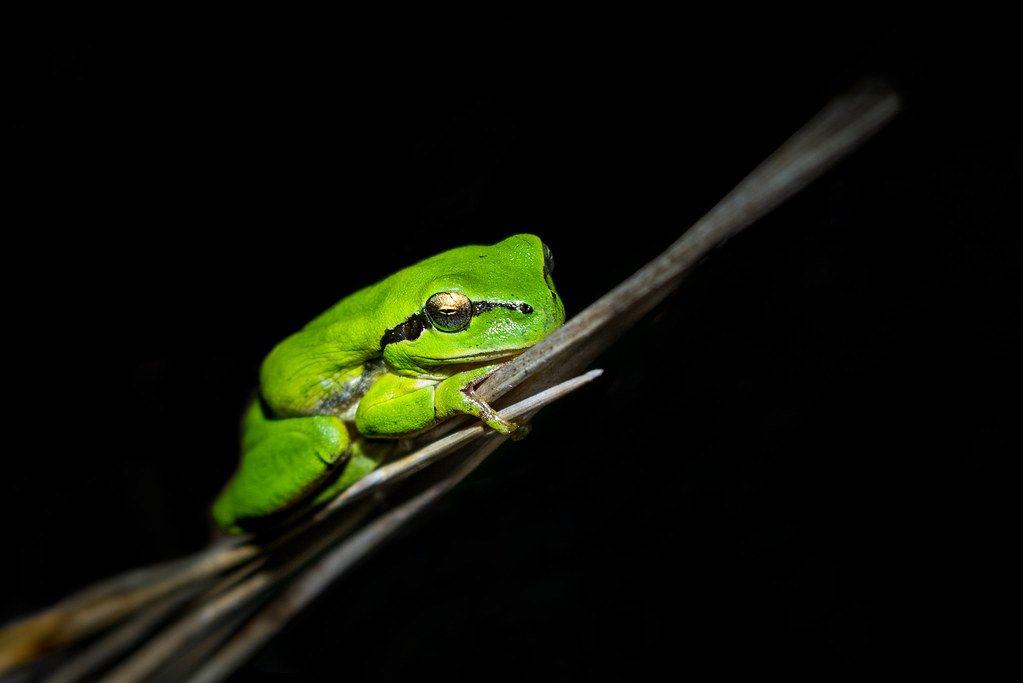I was in the Kingfisher hide this morning but they just didn’t come to the perch, everywhere else but the perch. However, in the distance I saw some movement. Looking through the viewfinder I spotted either a Brown Rat or a Southern Water Vole. I magnified on the live view and could see it was indeed a Southwestern Water Vole.
Also known as a Southern Water Vole, it is a slightly different species to the European Water Vole found in other regions of Europe. This large semi-aquatic rodent can reach sizes of between 16 and 23cm long, not including the tail which is a further 3/4 of the length of the body. They are often seen in the daytime, mainly during the later morning and early evening. This is the 2nd time I have seen it at this time of day so will be looking to get closer!
Allegedly, it was originally one of the main ingredients of the Spanish Paella! It’s great to see one as they are in decline and are classified as “Vulnerable” on the ICN Red List.
I quickly popped on the 1.4x teleconverter, but even at 700mm, it was still a long way away for a decent shot. However, here it is eating fresh bamboo growth for its breakfast. More info and identification guide after the photo.
{Click image(s) to view on
Flickr - opens in new tab}

📷 Nikon D850, AF-S 500mm f/4 with Nikon TC14E III 1.4x Teleconverter (giving 700mm) @ 1/800sec, f/5.6, ISO1400Continue reading >>




